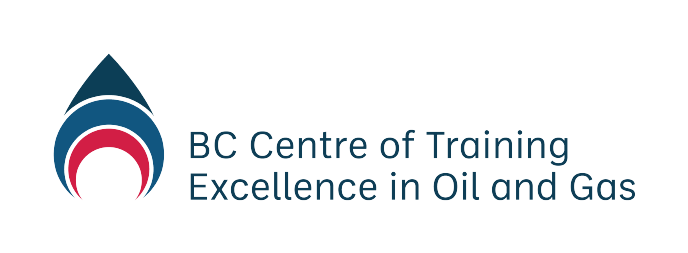-
Module 2.0 How to be Successful in this Course
-
Module 2.1 Introduction to Natural Gas
-
Module 2.2 The Natural Gas Industry in British Columbia
- Overview
- Learning Outcomes
- Natural Gas Science – The Simple Version
- Natural Gas Science – Chemistry
- Natural Gas Science – Physics
- Natural Gas Science – Units of Measurement
- Natural Gas Science – Geology
- Natural Gas Resources and Uses
- Oversight of the Natural Gas Industry
- Understanding Land Rights and Natural Gas
- Energy and the Future
-
Module 2.3 Upstream – Well Site Selection, Preparation and Drilling, Completion, Production, Water Recycling, and Reclamation
- Learning Outcomes
- The Upstream Sector – Extraction and Processing
- The Upstream Sector – Exploration and Site Selection
- The Upstream Sector – Preparation and Drilling
- The Upstream Sector – Completion
- The Upstream Sector – Production
- The Upstream Sector – Water Recycling
- The Upstream Sector – Reclamation
- Upstream Companies and Jobs in British Columbia – Companies
- Upstream Companies and Jobs in British Columbia – Industry Associations
- Upstream Companies and Jobs in British Columbia – Professional Associations
- New Vocabulary
-
Module 2.4 Midstream – Transportation, Processing, Refining
- Learning Outcomes
- The Midstream Sector
- The Midstream Sector – Processing Natural Gas
- The Midstream Sector – Liquefied Natural Gas
- The Midstream Sector – An Emerging Industry
- The Midstream Sector – Processing LNG
- The Midstream Sector – Proposed LNG Projects in British Columbia
- Transportation
- Midstream Companies and Jobs in British Columbia
-
Module 2.5 Downstream – Refining and Markets
-
Module 2.6 Health and Wellness in the Natural Gas Industry
-
Module 2.7 Safety
-
Module 2.8 Terminology and Communication
-
Module 2.9 Jobs and Careers
- Learning Outcomes
- Industry Outlook
- Technology is Changing Workforce and Skills
- Employment in the Natural Gas Industry
- Employment in the Natural Gas Industry – Types of Employment
- Employment in the Natural Gas Industry – Range of Jobs
- Employment in the Natural Gas Industry – High Demand Jobs and Occupations
- Occupational Education and Training
-
Module 3.0 How to be a Valued Employee
-
Module 3.1 Identifying Interests and Skills
-
Module 3.2 Looking for Employment in Natural Gas
-
Module 3.3 Applying for Employment in Natural Gas
After a well is drilled, it needs to be “completed” so that oil and gas can flow to the surface from the producing zone, several km below the surface. Completion involves several steps, one of which in unconventional reservoirs is hydraulic fracturing.
In fracturing, fluid comprised of water, sand and a very small volume of additives is pumped down the well under high pressure that fractures the rock. These fractures extend between 50 and 100 metres from the horizontal wellbore. Sand holds the fractures open to provide pathways for natural gas to flow into the wellbore. All wells are constructed to protect groundwater, using multiple layers of steel casing, which are inserted and cemented in place to create a solid barrier between the wellbore and near-surface water sources.
Video 4: Natural Gas Well Completion in the Marcellus Shale (4 minutes 53 seconds)

Learning Activity 3: Completion and Hydraulic Fracturing
Instructions
Watch Video 4 and answer the following questions.
- What is completion?
- When does completion take place?
- How does it begin?
- What is protecting the ground water near well pad sites?
- How long does a “frac” job take?
- Explain how water is used in the process
- What is a “frack stack”?
- What is “proppant” and what does it do?
- What is in “fracking fluid”? What does it do?
- What is “produced water”?
- What is a “service rig” or “workover rig”? What is it used for?
- What is the “Christmas Tree?” What is its function?
- How is the “Christmas Tree” operated?
- What is the first product of a new well?
- How long can a wellhead be used?
